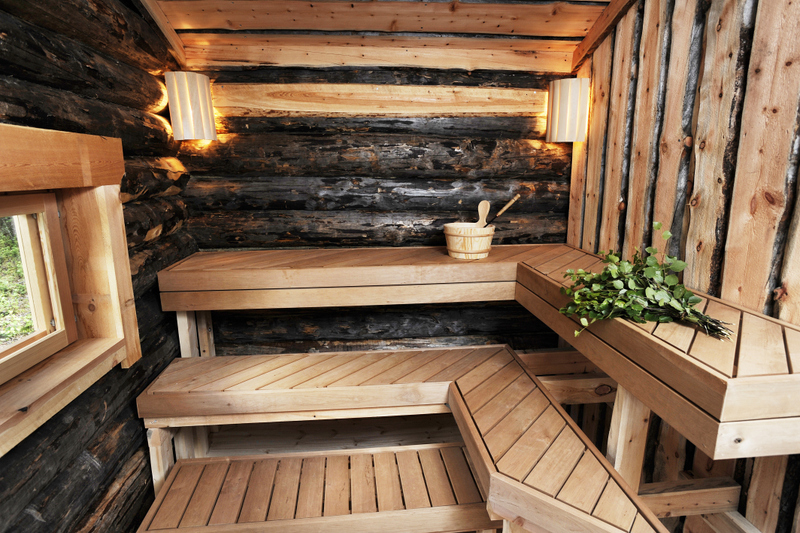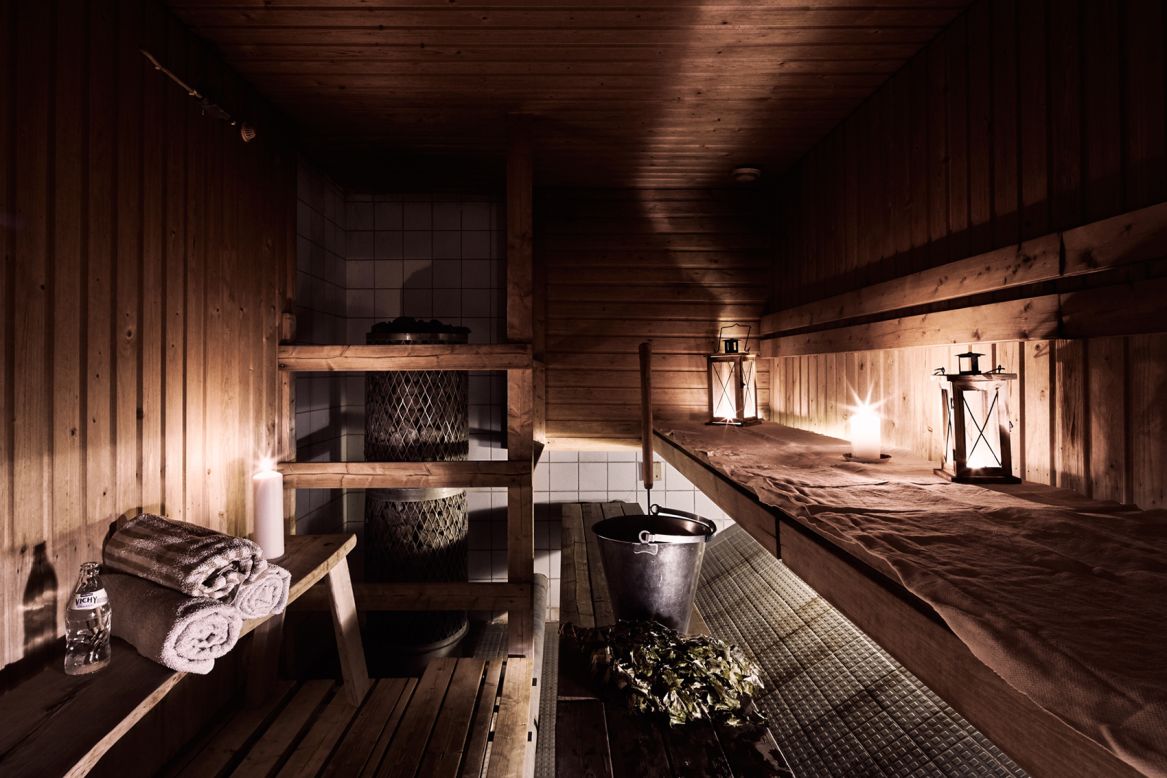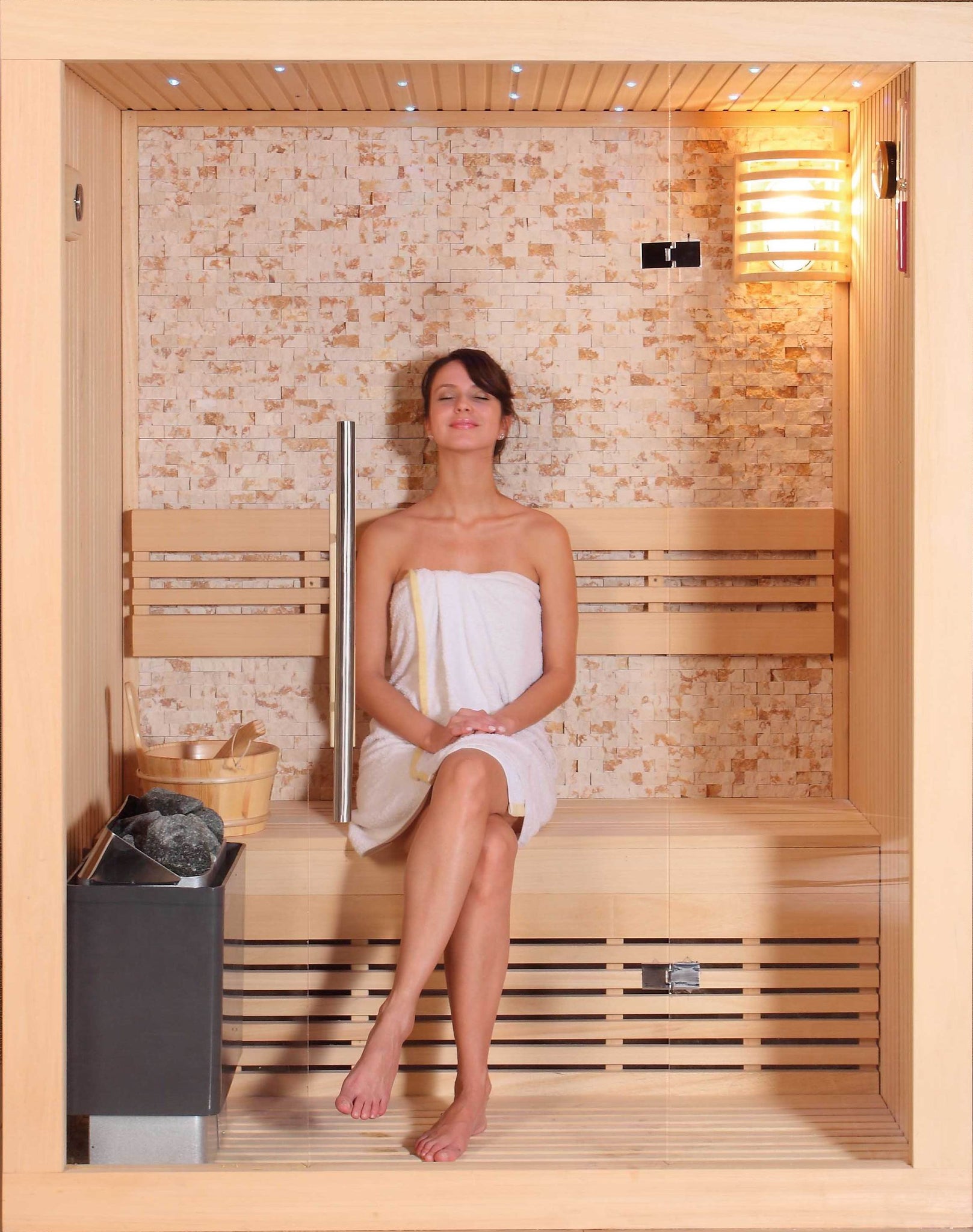The smart Trick of Traditional Sauna That Nobody is Discussing
Table of ContentsThe smart Trick of Traditional Sauna That Nobody is DiscussingThe 4-Minute Rule for Traditional SaunaGetting My Traditional Sauna To WorkThe 5-Second Trick For Traditional SaunaThe Basic Principles Of Traditional Sauna
A lot of the weight shed in a sauna is water loss and is re-gained upon rehydrating. Without a question sauna can be an essential part of a healthy and balanced weight loss program. To check out the differences in between traditional and IR saunas, I will certainly separate these right into verifiable, academic, and made differences.Thus, the best point in the saunawhich goes to the ceiling straight above the sauna heateris typically in between 185 and 190 F. Claims that a conventional sauna goes beyond 200 F is simply not real and not appropriate for electrical saunas sold in the United States. The temperature level for a far-infrared sauna is normally established between 120 and 140 F; nonetheless, unlike the conventional sauna, the goal in and IR area is not to achieve a high temperature level.
Due to this, the temperature distinction is nearly irrelevant, considering that extreme sweating results in both sauna types, but the approach of heating the body is various. In an IR sauna the bather will certainly feel warm and will sweat a lot, yet at much lower temperature levels (Traditional Sauna). Thus, if the goal is to invest longer amount of times in the sauna, the IR sauna is a good selection
When a conventional sauna has actually been properly heated, the sauna walls are warm, the air temperature has actually attained established temperature and the rocks are extremely warmed. As an intriguing side note, the heated wall surfaces and the rocks are releasing far-infrared warmth, integrated with the warmed air, to create an "covering warm".
How Traditional Sauna can Save You Time, Stress, and Money.

When the high temperature is achieved, the components cycle on and off to keep the heat. Many conventional sauna users appreciate putting water over the rocks to produce steam to elevate sauna humidity levels. The benefits of putting water over the rocks consist of: making the room extra comfortable, moistening the nasal flows, and allowing the usage of aromatherapy by mixing crucial oils with the water.

When the power enters the body, it triggers the body temperature to boost and ultimately leads to sweat. In an infrared sauna it is very important for the emitters/heaters to remain on nearly continuously. Considering that there is no mass of rocks to maintain warmth, the sauna will cool down if the emitters shut down.
As discussed above, the sauna bather in an infrared space intends to position himself in front of operating emitters to get optimal take advantage of the heat. The heating time for the 2 spaces can be really various, depending upon just how the areas are utilized. For a typical sauna, a important source bather ought to enable 30-40 mins for the area to attain a wanted temperature level and to properly pre-heat the rocks.
Rumored Buzz on Traditional Sauna
A well built sauna will generally achieve a temperature level of 150-160 F in about 30-40 minutes. For hotter temperatures, the room may require to warm for a longer duration. Once the room attains set temperature level, the heating unit will cycle on and off, commonly running concerning 50% of the time. The shielded wall surfaces and the warmed rocks will certainly maintain the space hot and at steady temperatures.

Typical saunas have a tendency to be bigger (hence make use of more power) than infrared saunas, although conventional saunas are absolutely available in one and two individual dimensions also. For a two-person typical sauna, 5x6 or 5x7 size is most prominent. The leading bench can easily seat 2 or three people and is likewise enough time to rest during the sauna session.
Not known Facts About Traditional Sauna
The ordinary cost per kWH of electricity in the U.S. is roughly $0.11, so a 4.5 kW heating system will cost approximately $.50 to run for one hour, if the heater runs continuously for one hour. Typically a sauna heating unit will run for 75% of the first hour and 50% of subsequent hours on because the aspects cycle once the set temperature is achieved.

Ultimately, there is a rarely talked about difference in the social experience in between the 2 rooms. While our society has shed a few of the social advantage of the standard sauna experience, it can be really socially gratifying (Traditional Sauna). From household time in the sauna, to heart-felt conversations with substantial others, to sauna partiesthe typical sauna experience can result in intimate socializing
The Definitive Guide to Traditional Sauna
Most higher end infrared areas consist of tinted light therapy, stereo and full-glass fronts. The size of a lot of spaces permit for 2 people to easily utilize the area, while some layouts may enable a third or fourth person to use the room. Customized infrared areas are additionally readily available, with room sizes available as much as 7' x 8' x 7' high.